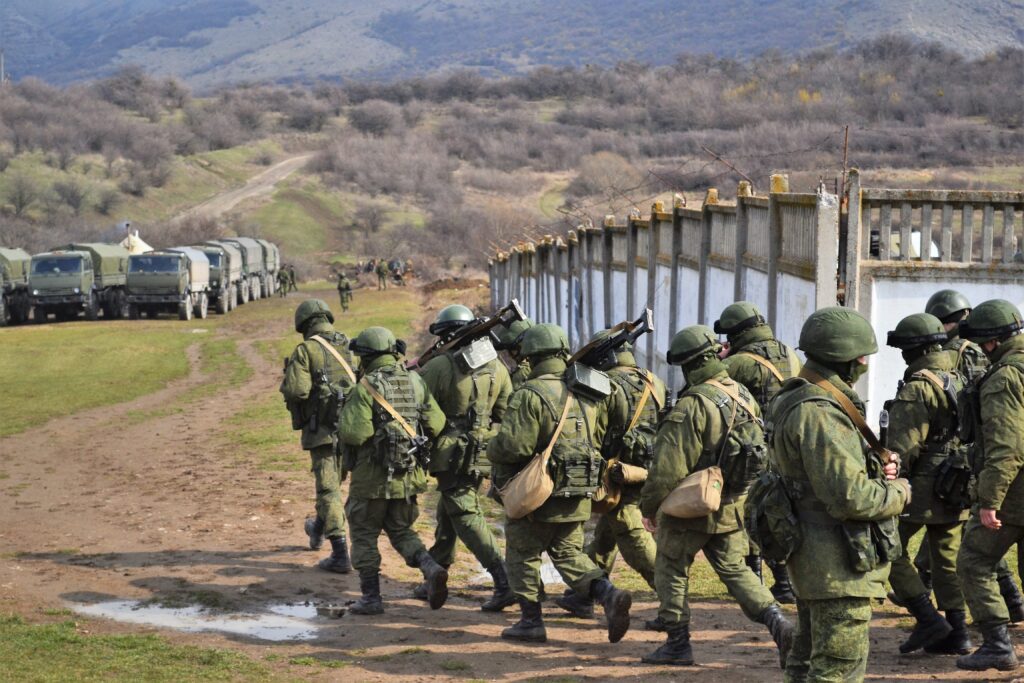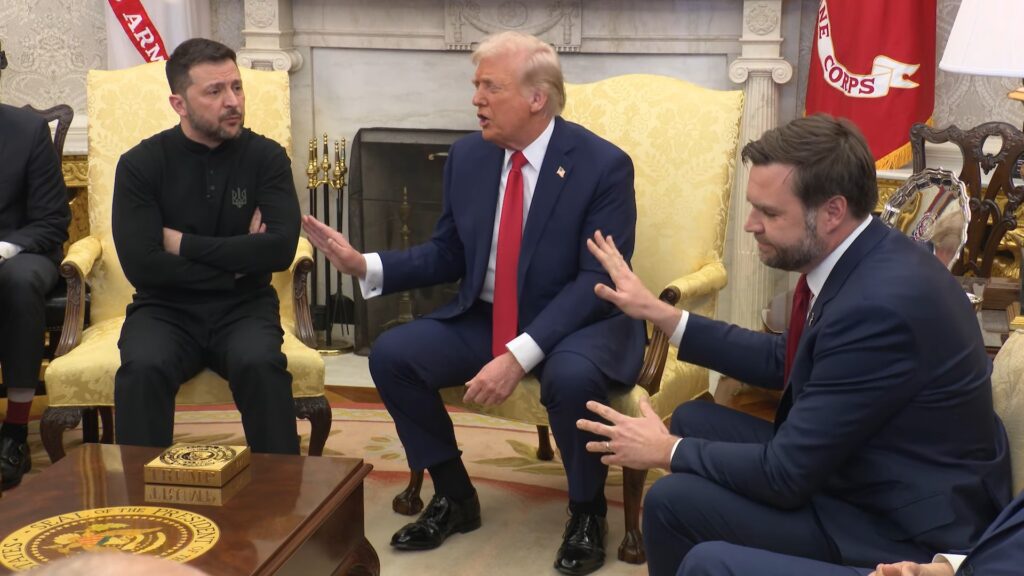As the Arctic melts and minerals beckon, will the West let history repeat itself – again?
The brief handshake between Donald Trump and Volodymyr Zelensky at the funeral of Pope Francis may go down in history as more than a polite encounter. Days later, a US–Ukraine minerals deal was quietly signed. A coincidence? Hardly. What’s at stake now isn’t just Ukraine – it’s the future of Canada, Greenland and the global balance of power.
At the Vatican, Zelensky – without a suit – was applauded by mourners. Trump, meanwhile, was met with tepid silence. Russian president Vladimir Putin, notably, wasn’t invited. While the Russian drones buzzed above Ukraine, delivering destruction in place of doves of peace, the Pope lay in a wooden coffin. His funeral became a stage for the living to negotiate the deadlock of war.
The West’s dilemma remains unchanged: how to achieve peace without surrendering principles – or territory. Russia’s invasion of Ukraine didn’t begin in 2022, but in 2014, when Putin’s so-called “little green men” seized Crimea. The world gasped but did little. Cheap Russian gas, after all, was still flowing westward.

Enter Trump, who once praised the annexation as “smart” and dismissed Ukraine’s resistance as inept. His administration even floated the idea of formally recognising Crimea as Russian territory – a move that would echo far beyond the Black Sea.
A 21st-century gold rush
Why does this matter now? Because while Ukraine burns, Trump flirts with redrawing other borders. He’s hinted – repeatedly – at absorbing Canada into the United States. It sounds far-fetched, but history has taught us that absurdity often precedes reality in geopolitics.
Viewed from the Arctic rather than the Mercator map, a clearer picture emerges. As ice retreats, so too does the distance between rival powers that are racing for control of newly exposed mineral reserves. It’s a 21st-century gold rush – just beneath the permafrost.
The US has accused Denmark of failing to protect Greenland against Russian interests, using this as a pretext to revive talk of purchasing the island. Yet the same America shows signs of appeasement in Ukraine, suggesting a geopolitical double standard. Why defend Greenland and not Crimea?
Respect for Ukraine’s territorial integrity is essential
The uncomfortable truth is this: both Russia and the US may be less interested in peace than in precedent. Like the infamous 1945 Yalta Conference, where Franklin D. Roosevelt, Winston Churchill and Joseph Stalin carved up Europe, we may be witnessing a new division of spheres. This time, not in palaces, but in sealed deals, quiet meetings and shifting maps.
Imagine a scenario – implausible today, irreversible tomorrow – where Trump recognises Crimea as Russian, and Moscow in return recognises Yukon or parts of Greenland as American. The two nuclear superpowers, both with UN Security Council vetoes, play cartographer and conqueror in equal measure.

It may sound alarmist. But the Second World War began with a pact between Nazi Germany and Soviet Russia to divide Eastern Europe. It ended at Yalta. That post-war map crumbled with the fall of the Soviet Union, when Ukraine inherited its rightful territories. What if the scramble for Ukraine is just the beginning of a much broader reordering?
The only true peace agreement must enshrine Ukraine’s territorial integrity. Anything less signals to the world that conquest works – and that the Arctic, Canada and Greenland may be next on the map.
The views expressed in this article are those of the author. Editor: Silver Tambur.

